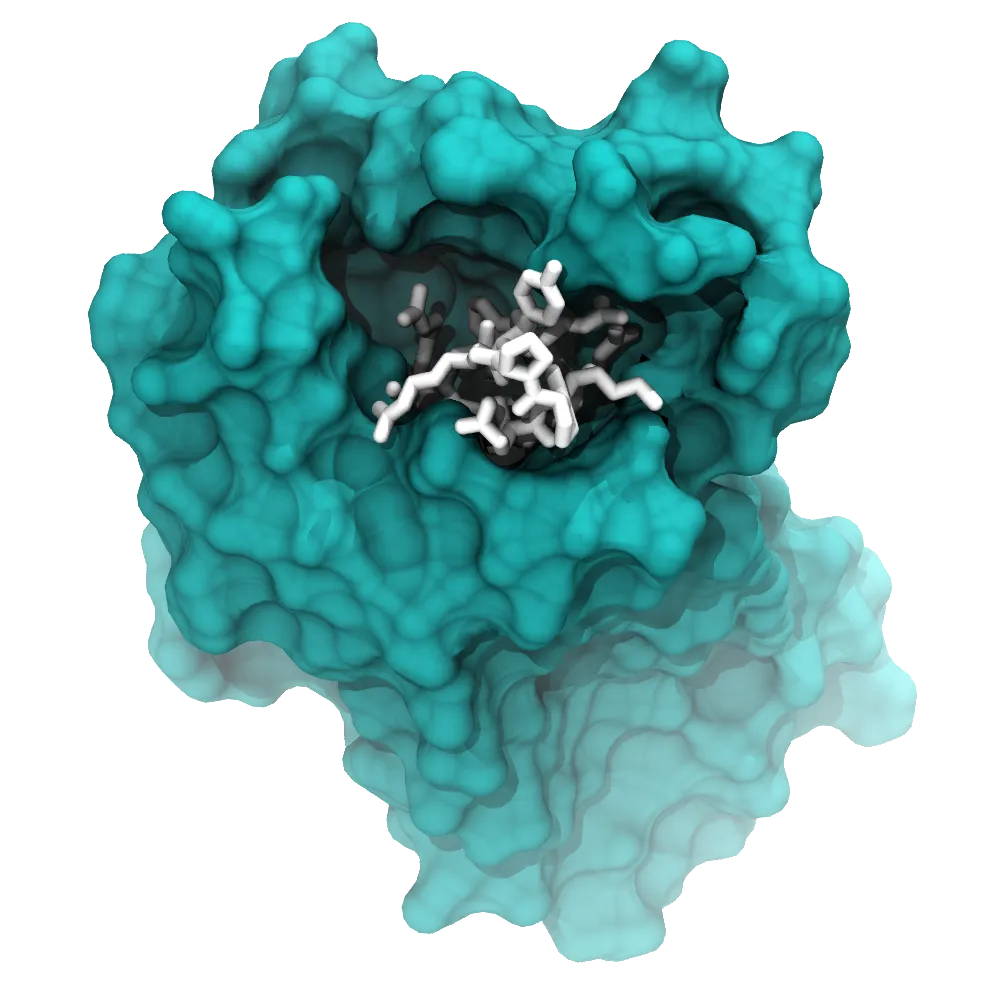ProteinQure raises $4M seed round to unlock the potential of protein therapeutics
ProteinQure is helping to create a world where drugs are engineered. We have been building the computational methods needed to unlock the full potential of protein therapeutics (biologics). That opportunity is critical to addressing unmet clinical needs.
Today, we are privileged to announce a USD $4M Seed round led by Felicis Ventures with participation from 8VC, Golden Ventures, iNovia, Global Founders Capital and angel investor Tom Williams. These exceptional investors believe in ProteinQure’s mission and have extensive experience backing innovative, technology-driven companies such as Ginkgo Bioworks, Color Genomics, Xanadu and BenchSci. This funding enables us to continue adding top interdisciplinary talent to our team and expanding our partnerships with industry leaders.
. . .

The time is right for innovation in protein drug discovery. Biologics are taking over the pharmaceutical landscape. Seven of the ten best-selling drugs are part of this class of therapeutics, including the world’s most successful drug (Humira — 2018 revenue of ~$20B). The market for biologics is also growing faster than small molecules. And as a therapeutic class, they make it through clinical trials with higher probability. Protein-based therapeutics are able to target more diseases with less toxicity and fewer side effects.
The challenge with creating novel biologic therapeutics lies in finding proteins with a very specific function. Predicting the relationship from amino acid sequence to protein structure to protein function is hard – for two reasons: 1) the biological relationships are incredibly complex and 2) the calculations require an immense computational burden.
Moreover, we have little data on protein structures. While there are over 10⁶⁵ possible small proteins alone, humanity only knows the structure of approximately 150,000 proteins in total. The industry has developed methods which can find therapeutics without knowing their structure, but they are costly and time-consuming. Currently, the most common approach to finding protein therapeutics is to mutate (often at random) one of the few proteins we know.
That is why most existing protein-based drugs are a derivative of something found in nature or the human body. For example, one of the best treatments for diabetes was found in the venom of the Gila Monster. We need the tools to design the structure and predict the function of novel proteins so we can bring new life-saving drugs to market.
. . .
ProteinQure’s computational platform combines biophysical models with statistical and machine learning approaches. We leverage new and upcoming advances in computing architectures, from high-performance GPUs, TPUs, and specialized circuits, all the way to quantum computers. We are also integrating experimental data and assays to complement the computational platform. This integrative method allows ProteinQure to learn complex underlying relationships and scale our simulations of them. Our platform has the future potential to address the largest and most complicated proteins but also complements the drug discovery tools of today.
We have begun applying our platform in initial collaborations with industry leaders in the discovery of protein therapeutics. Over the next two years, we will work with these teams to generate additional data on the value of these novel approaches to peptide (small proteins) drug discovery. Leveraging the next set of breakthroughs in computational methods requires working with the best partners. We look forward to continuing to align ourselves with innovative players in the drug discovery space.

We’re also excited to continue expanding our interdisciplinary, collaborative and highly driven team of scientists and engineers in Toronto. If you are interested in helping shape the future of computational drug discovery — reach out.